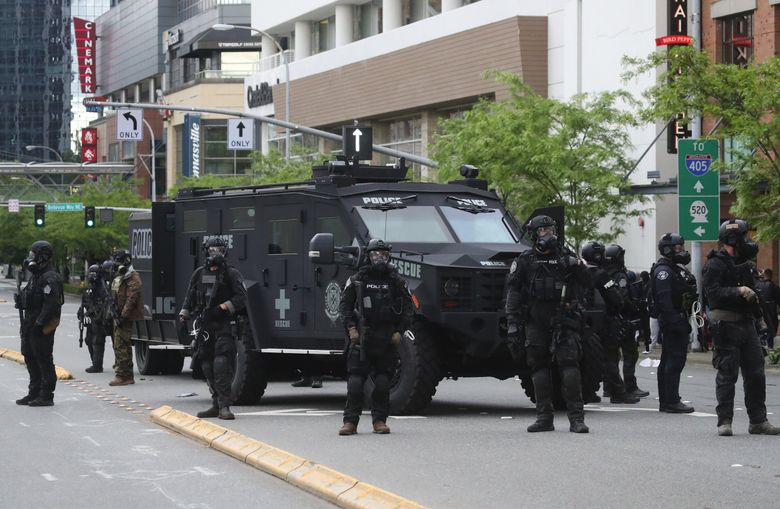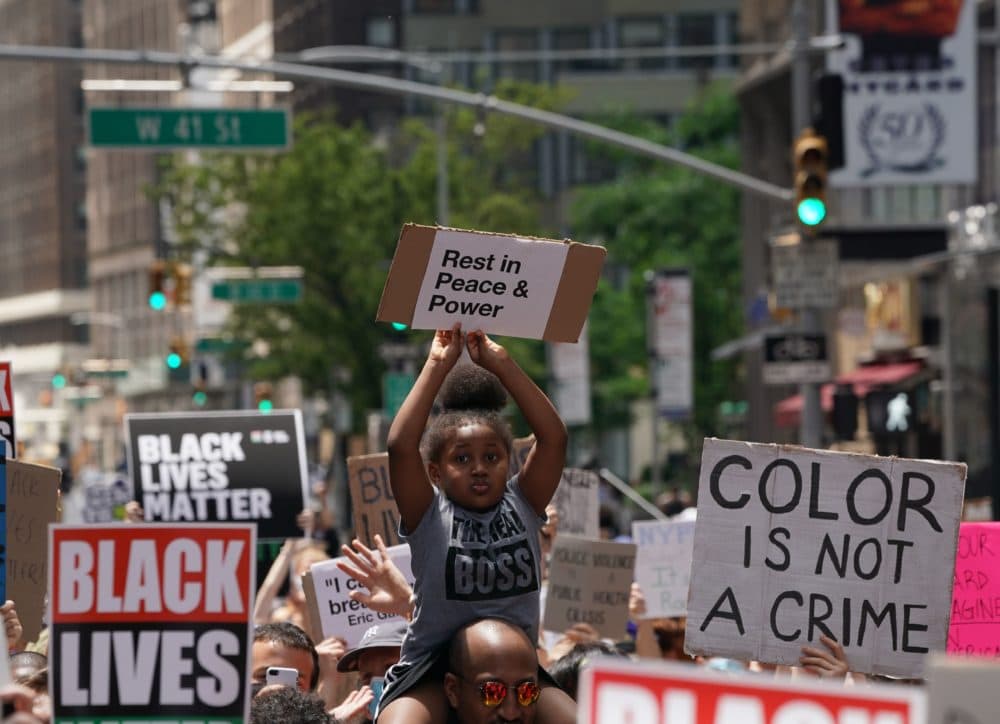The idea of defunding law enforcement in the United States has recently become an exceptionally controversial topic of debate. Most people see different sides of the coin when it comes to police depending on where you live or even what your ethnic background is. It’s also safe to assume that there is a misunderstanding when someone says to defund the police.

Most in opposition will often use a misleading interpretation of data or anecdotal evidence as their main fighting points to combat the other side. Many of the cities across the nation cut out a substantial portion of their yearly budgets solely for the sake of their police departments. For example, NYPD’s budget is about $6 billion, and for every dollar NYPD and corrections receive, Homeless services get 29 cents, the Department of Health gets 25 cents, Housing and Preservation Development get 19 cents, Youth and Community Development get 12 cents, and Workforce Investment gets 1 cent. The LAPD budget gets in the ballpark of $3 billion, while the budget for the city of Los Angeles in the fiscal year of 2019 was about $10 billion, making money spent on the LAPD nearly a third of the entire city’s budget, which is a bit insane when you look at how many other departments receive so little funding.
With adjustments to inflation, the U.S.’s spending on police has almost tripled since 1977 according to the U.S. Census reports compiled by the Urban Institute, which would mean that this spending has more or less kept pace with the increase of state expenditures. Since the 1990’s, violent crime has plummeted to an all time low. This begs the question as to why police spending has gone up the way it has when crime is actually down.

The reason why would most likely not have to do with the spending on the tactics and resources that actually lead to a decrease in crime. The actual reason for the spike in spending over the past 20 years has been due to police departments buying up surplus military grade weaponry. This weaponry is supplied by the U.S. military following the weaponry’s obsolescence and replacement during ongoing wars. For example, the police spent Police are also civilians untrained in war and therefore unfit to use military grade weapons. Sometimes this discretionary spending can be seen manifested in metal plated vehicles similar to tanks in posts on social media. Some who are against defunding the police argue that the vehicles are meant to protect officers from swarming rioters. Out of 10,600 demonstrations, only about 570, or five percent, became violent and turned into riots according to the U.S. Crisis Monitor. This would make almost all of the armored cars that arrive at protests redundant.

In the wake of the deaths of people like George Floyd and Breonna Taylor, who were killed by police for no legitimate reason, social movements such as Black Lives Matter have gathered to protest this blatant police brutality. In many of these protests, a majority of them being peaceful as mentioned earlier, officers arrive in armored cars shooting tear gas and rubber bullets into crowds of people escalating the situation with excessive shows of force. In 2019 alone, 1004 U.S. citizens have died from police. Many have justified this behavior by claiming that police have too dangerous a job to not be armed with excessive weaponry, but a lot of the work they do involves domestic disputes, or mental health checks, which could be more easily resolved by social workers. The abuse of power by police at protests simply put is astonishingly unproductive and very harmful.
The simplest argument against proactive policing is the fact that you don’t see fire trucks or ambulances patrolling the city, trying to instigate arsons and medical emergencies. Police are supposed to protect or bring us to a court of law safely no matter the charges, but they have been doing the opposite. If we could change the way law is enforced, there would be a more balanced budget for cities across the nation, and fewer mortalities with correct use of authority.


so many good points!!